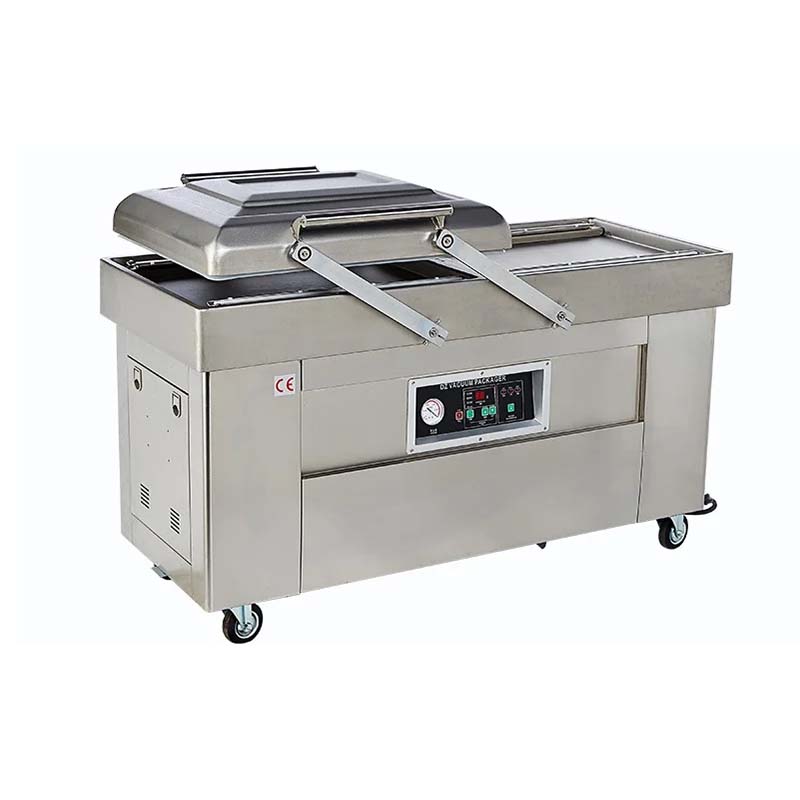Poultry Transport Solutions for Safe and Efficient Bird Transportation and Handling
Dec . 10, 2024 01:04 Back to list
Poultry Transport Solutions for Safe and Efficient Bird Transportation and Handling
Poultry Transport Cages Innovations and Best Practices for Optimal Animal Welfare
In the modern poultry industry, transport plays a crucial role in ensuring the health and well-being of birds as they move from farms to processing facilities. The design and functionality of poultry transport cages significantly impact both the welfare of the birds and the efficiency of logistics. As the industry adapts to changing regulations and consumer demands, innovations in poultry transport cage design are becoming more pivotal.
Importance of Poultry Transport Cages
Poultry transport cages are specifically designed enclosures that facilitate the safe and efficient movement of birds, including chickens, ducks, turkeys, and other fowl. These cages serve multiple purposes they protect the birds from external elements, minimize stress during transport, and ensure that the poultry arrives at its destination in optimal condition. The welfare of animals in transport is a growing concern, influenced by regulatory frameworks that advocate for humane treatment and the public’s increasing awareness of animal welfare issues.
Key Design Considerations
When designing poultry transport cages, several key factors must be taken into account
1. Size and Space It’s essential for cages to provide adequate space for the birds so that they can stand, turn around, and lie down comfortably. Overcrowding not only causes stress but can also lead to injury and illness among the birds.
2. Ventilation Proper airflow is crucial in preventing overheating and ensuring the birds remain comfortable. Cages must feature strategic ventilation to allow for air circulation, particularly during long-distance transport.
3. Durability The materials used in cage construction should be sturdy enough to withstand the rigors of transport, including stacking and handling. Robust cages also help in preventing escape and protecting birds from potential injuries.
4. Ease of Handling Cages should be designed for efficient loading, unloading, and stacking. This includes features like handles or lightweight materials that facilitate easy maneuvering by workers. Cages that are easy to handle can reduce the time birds spend in transit, minimizing stress.
5. Sanitation Hygiene is a critical concern in poultry transport. Cages should be easy to clean to minimize the risk of disease transmission. Additionally, materials that resist bacteria and are non-porous can help maintain a healthier environment for the birds.
Innovations in Transport Cage Design
poultry transport cage

Recent technological advancements have led to the development of more sophisticated poultry transport cages
. Innovations include- Modular Cage Systems These systems allow for flexibility in design, enabling custom configurations based on specific transport needs or the types of poultry being transported.
- Temperature-Controlled Cages Some newer designs incorporate temperature and humidity control systems to ensure optimal conditions during transport, particularly for long distances or in extreme weather conditions.
- Smart Cages The integration of Internet of Things (IoT) technology allows for real-time monitoring of conditions within the cage, including temperature and moisture levels. This technology can send alerts to transport operators if conditions fall outside of acceptable ranges.
Best Practices for Transporting Poultry
To maximize the benefits of poultry transport cages, it is essential to follow best practices throughout the transport process
1. Staff Training All personnel involved in transportation should be well-trained in handling poultry humanely to reduce stress and injury during loading and unloading.
2. Regular Maintenance Cages should be regularly inspected and maintained to address any wear and tear and ensure they continue to meet animal welfare standards.
3. Planning and Logistics Advance planning regarding routes can mitigate delays and ensure the welfare of the birds by reducing the time they spend in transit.
Conclusion
The evolution of poultry transport cages reflects a growing recognition of the importance of animal welfare in the poultry industry. By investing in innovative designs and upholding best practices in handling and transportation, the industry can enhance not only the welfare of the birds but also operational efficiency and consumer trust. As consumers increasingly seek ethically sourced poultry products, the role of poultry transport cages will continue to be a pivotal aspect of the supply chain, ensuring that birds are treated with respect from farm to table.
-
Automatic Feeding Line System-Pan Feeder Nipple Drinker|Anping County Yize Metal Products Co., Ltd.
NewsJul.29,2025
-
Hot Sale 24 & 18 Door Rabbit Cages - Premium Breeding Solutions
NewsJul.25,2025
-
Automatic Feeding Line System Pan Feeder Nipple Drinker - Anping County Yize Metal Products Co., Ltd.
NewsJul.21,2025
-
Automatic Feeding Line System Pan Feeder Nipple Drinker - Anping County Yize Metal Products Co., Ltd.
NewsJul.21,2025
-
Automatic Feeding Line System - Anping Yize | Precision & Nipple
NewsJul.21,2025
-
Automatic Feeding Line System - Anping Yize | Precision & Nipple
NewsJul.21,2025






